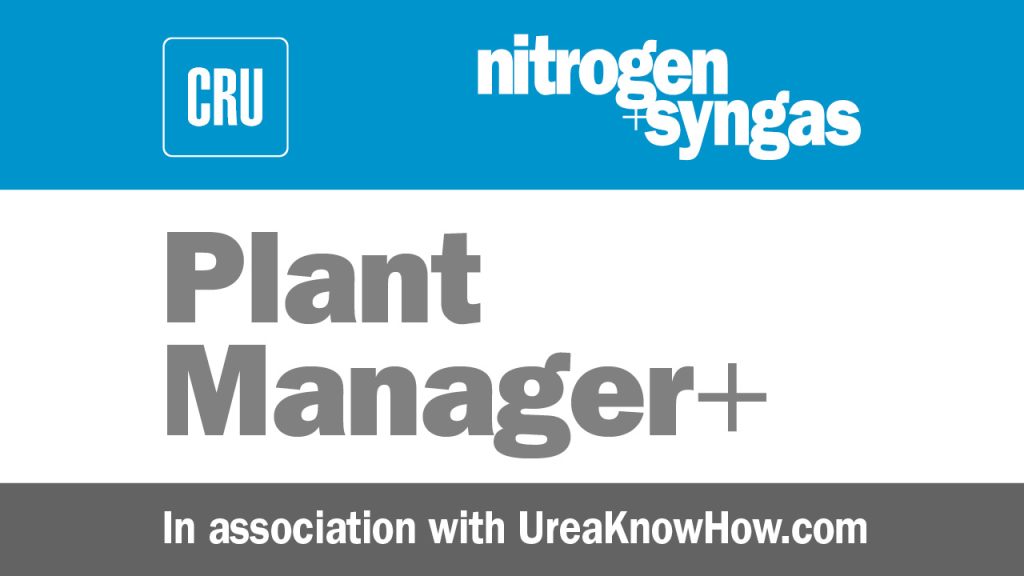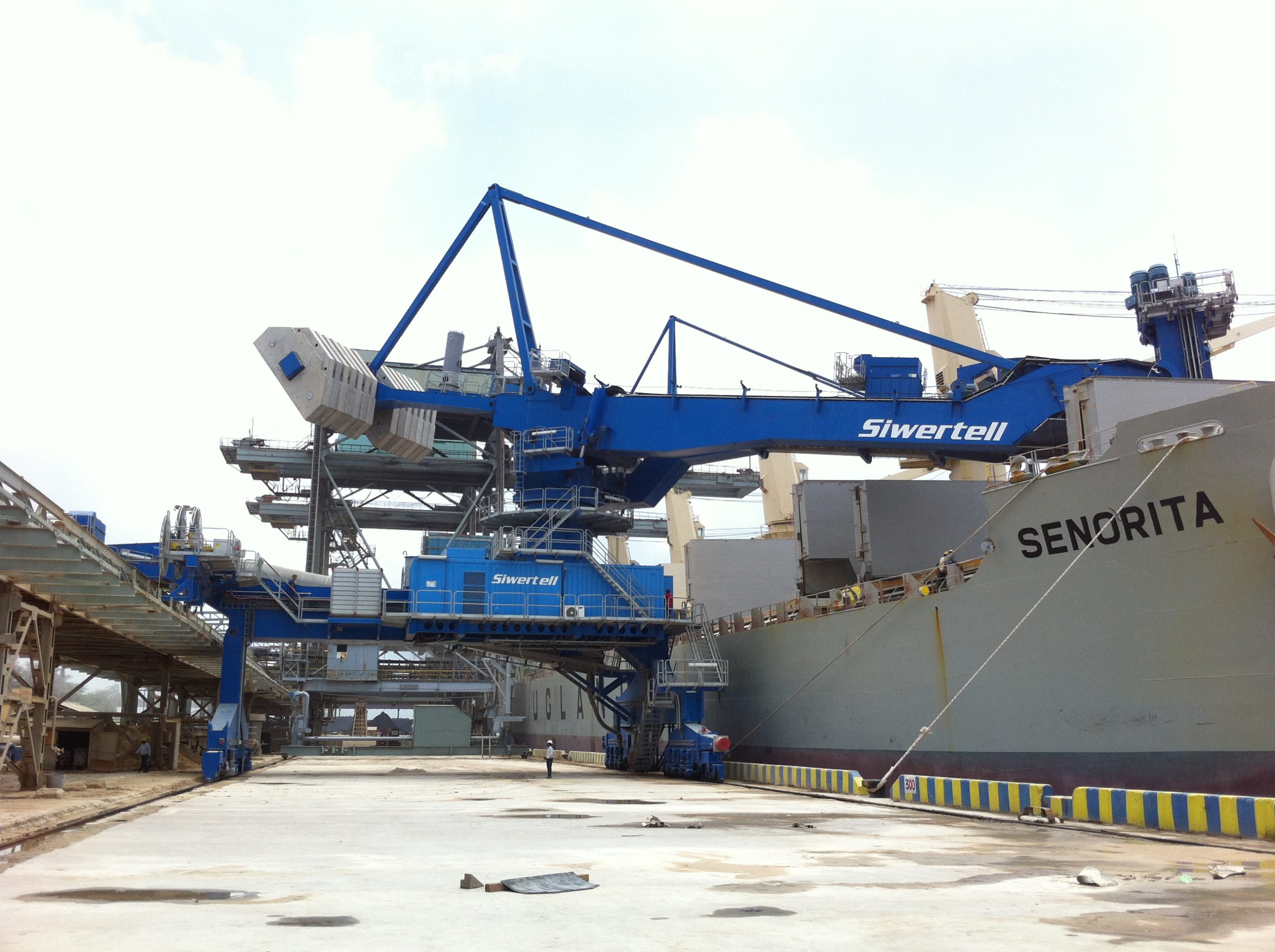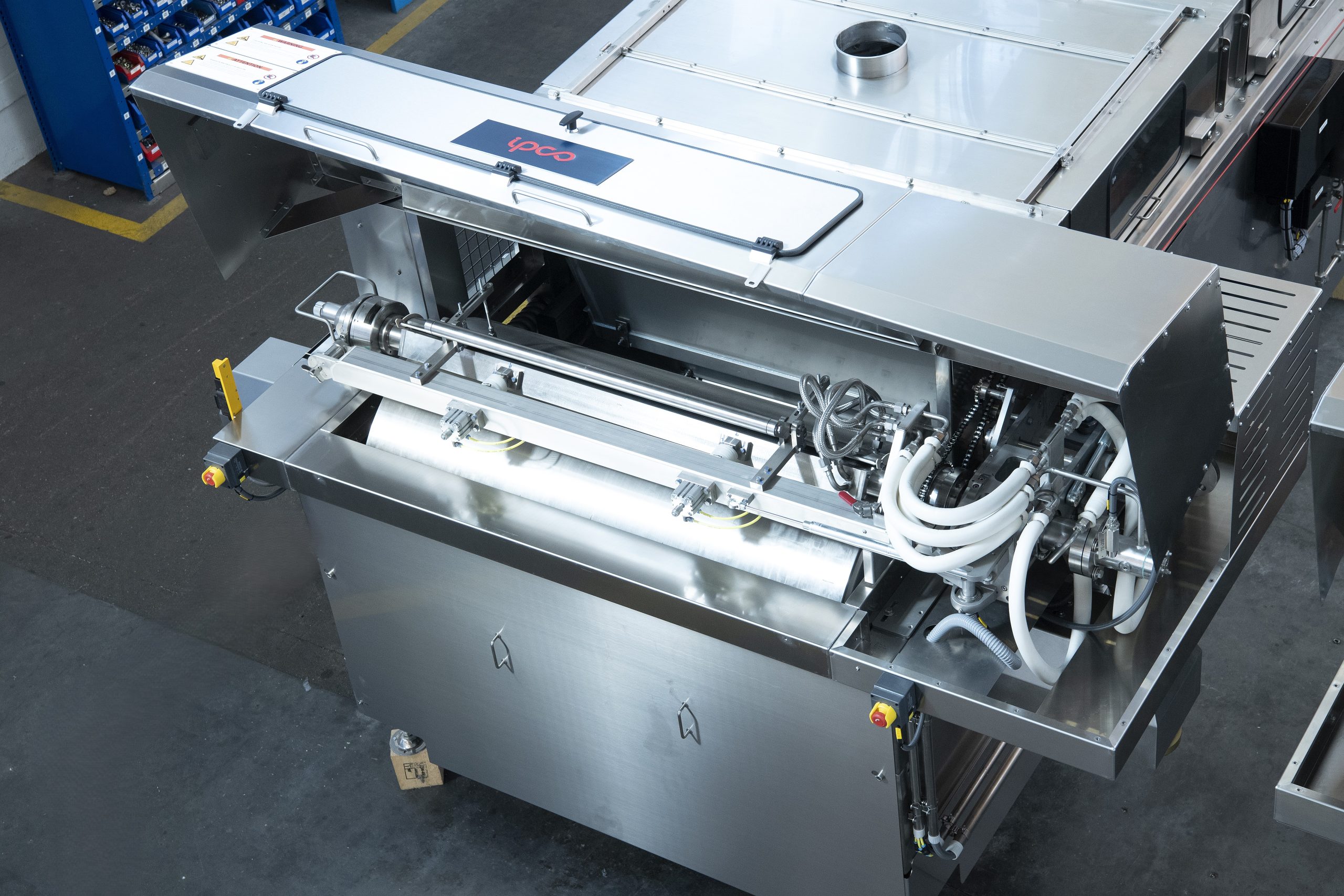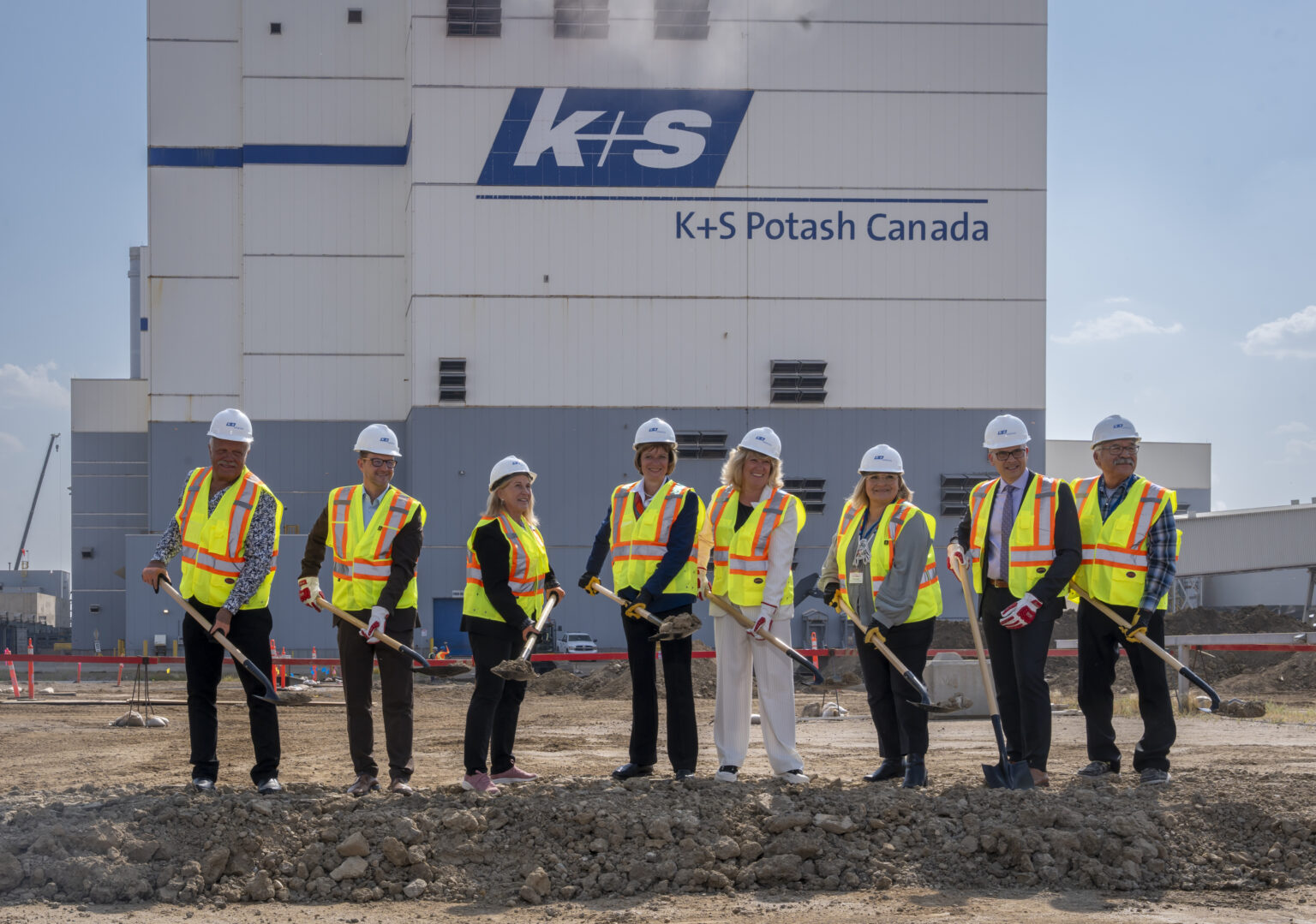Nitrogen+Syngas

31 October 2017
Problem No. 44: Rise in HP CO₂ stripper outlet temperature
In the high-pressure CO2 stripper of a urea plant, which is essentially a shell-and-tube heat exchanger, the incoming carbon dioxide feed flows counter-current to the urea solution leaving the reactor. On the shell side, the high-pressure stripper is heated with steam. The off-gas of the high-pressure stripper, containing the feed carbon dioxide along with additional carbon dioxide and ammonia from the dissociated carbamate, is then fed into the carbamate condenser or pool reactor. This round table discussion is about the high-pressure CO2 stripper and how to solve the problem of a high temperature in the bottom of the stripper.
Sandesh Patil from Mangalore Chemicals and Fertilizers Company, India initiates this round table discussion:
In a CO2 stripping process, what could the reason be for an increase of the stripper liquid outlet temperature from 176°C to 182°C?
The stripper off gas temperature has reduced from 186°C to 183°C. The stripper vent on the shell side is more open than normal so that inerts can be vented and heat transfer will be more efficient. There is no fluctuation in the stripper level or steam drum level.
Majid Mohammadian from OCI Company, The Netherlands replies and asks for some further information:
There are several reasons for high temperature in the stripper bottom: high level at the stripper bottom, poor CO2 distribution, poor liquid distribution, too high steam pressure, poor reactor composition etc.
In your case when the delta temperature between the liquid inlet and liquid outlet is low, about 1°C, it indicates poor liquid distribution in the top of the stripper, resulting in poor stripping. If you check the lab results you will find poor stripper efficiency as well. Please provide the lab results of the stripper inlet and outlet.
Sandesh Patil from Mangalore Chemicals and Fertilizers Company, India provides more information:
When the stripper outlet temperature was 182°C, the reactor outlet composition was 30.5 wt-% ammonia and 24.9 wt-% CO2 and the stripper outlet composition was 10.1 wt-% ammonia and 11.2 wt-% CO2. Urea is 33.3 wt-% at the inlet of the stripper and 54.1 wt-% at the stripper outlet.
The level in the stripper bottom is measured by RADAR indicator and is controlled by a level control valve. The level control is found to be accurate. The steam drum pressure is maintained at the normal value of 18 kg/cm2g at a low load.
Majid Mohammadian from OCI Company, The Netherlands returns to the discussion:
The CO2 percentage in the reactor outlet (24,9 wt-%) looks wrong, it is normally between 17 and 19 wt-%. The stripper as per the lab data is working with 75% efficiency (design efficiency is 80%).
Poor liquid distribution at the top of stripper is the reason for high temperature at the bottom of the stripper (less delta T around the stripper) and consequently poor efficiency.
My advice is to stop the plant, open the stripper and check the liquid dividers, holding plates, Teflon rings and fix the problem.
Sandesh Patil from Mangalore Chemicals and Fertilizers Company, India asks further questions:
The stripper outlet temperature is found to be dropping day by day (it has dropped to 178°C which is almost back to the normal value) as the steam pressure of the stripper increases above 20 kg/cm2. What is the reason for the normal bottom temperature after increasing the stripper pressure? Has anyone faced the same kind of problem? What actually happened inside the stripper?
Maksud Alam from KAFCO Company, Bangeladesh asks for more information:
Could you please tell us about the following points:
- Throughout the process of increasing steam pressure was the plant load the same?
- Did you notice any change in the low-pressure section and process condensate treatment load before and after?
- Do you have a condensate level control on the steam side (not the saturator level but the stripper shell side level).
Sandesh Patil from Mangalore Chemicals and Fertilizers Company, India replies:
- At a higher plant load the steam pressure used to be 19.20 kg/cm2 but now for the same plant load the steam pressure is 20.30 kg/cm2. If the steam pressure is dropped then the low-pressure system load increases.
- Yes, the low-pressure system is increasing and more gas is venting from the low-pressure system to the scrubbing system.
- There is no condensate level control on the stripper shell side. Level control is there only for the saturator.
Mark Brouwer from UreaKnowHow.com, The Netherlands provides more information:
I am also thinking that there may be issues with the liquid distribution:
- Have you ever experienced fouling in the top of the HP stripper?
- What is the age/condition of the liquid dividers?
- Did these problems occur shortly after a turnaround?
Sandesh Patil from Mangalore Chemicals and Fertilizers Company replies to Mark’s questions:
- We have never experienced fouling in the new stripper.
- The top ferrules were replaced last year and the stripper was replaced in 2006.
- This problem occurred after starting the plant after a short shut-down of 6 days. The turnaround took place in May 2016 and after starting the plant in June 2016, the plant has been running smoothly for the last four months.
Maksud Alam from KAFCO, Bangeladesh replies with more information and some words of caution:
As described before, poor liquid distribution leading to poor stripping efficiency may be the root cause of your problem, which you have overcome by increasing the steam pressure. But please bear in mind that some tubes may have a thicker layer of film and some may be thinner/dry. In either case the higher steam temperature will contribute to higher corrosion rates.
Sandesh Patil from Mangalore Chemicals and Fertilizers Company, India replies and raises new questions:
At present the stripper shell side pressure is maintained higher compared to the normal pressure at the full load. If there is a problem in the liquid distributor, how many days can the plant be kept in operation at this higher stripper pressure? Tubes whose liquid distributer is not working properly may be overheating and there will be higher corrosion in those tubes. (Stripper outlet analysis is carried out weekly for Ni, Cr and Fe and it is within the design limit). Is there any other way we can identify the higher corrosion rate in those tubes where the liquid distributor may not be working properly so that the plant can be shut down before the stripper tubes reach final breakdown?
Mark Brouwer from UreaKnowHow.com, The Netherlands asks a new question regarding the material of construction: What is the material of the stripper tubes?
Sandesh Patil from Mangalore Chemicals and Fertilizers Company, India replies:
The stripper tubes are made of Safurex.
Bob Edmonson from a contracting company in Canada gives his point of view:
I agree with the others who have concerns regarding the liquid distribution. Your plant is quite new so it’s hard to imagine why, but if one or more bolts that secure the hold down plates are loose, due to corrosion, a plate can lift and the liquid divider tubes can rise up somewhat. If that happens, you will see stains on both sides of the Teflon rings when you are in the stripper next time. The risk is that these tubes can (will) corrode more rapidly if 25-22-2 so it might be worth checking the ppb nickel in the stripper outlet liqour if this happens again.
Ali Ancaza from Igsas, Turkey raises new questions:
- How long has the stripper steam pressure been like that?
- How is the level in the stripper steam drum?
- How long has the stripper steam temperature been like that?
Mark Brouwer from UreaKnowHow.com, The Netherlands shares his experience:
Although with Safurex tubes there in no risk of active corrosion, it makes sense to check the liquid distributor system as soon as possible.
Ali Ancaza from Igsas, Turkey shares experience from their plant: We have experienced the same problem in our system in 2002. In order to help you, I need to know the following values:
- What is the CO2 input temperature to stripper?
- What is the output temperature of stripper urea?
- What is stripper vapour pressure and steam temperature?
- What is the steam drum level of the stripper?
- What is the low pressure recirculation pressure?
Salam Malih from North Fertilizer Company, Iraq offer his advice:
- Check the CO2 content in the stripper outlet and check the performance of the level measurement of the stripper as there is the possibility of CO2 slippage.
- Check the ratio of O2 in CO2.
- Check the HP steam consumption of the stripper.
- Check the synthesis pressure.
Sandesh Patil from Mangalore Chemicals and Fertilizers Company, India answers Ali’s questions:
- CO2 input temperature is maintained at 135°C.
- Stripper urea outlet temperature is 179°C.
- Steam temperature of shell side of the stripper is 215°C and the steam drum pressure is maintained at 20.30kg/cm2g (which vapour pressure do you need?)
- Level in the steam drum is maintained at 45%.
- Which recirculation pressure do you need – the carbamate recirculation?
… and responds to Salam’s questions as follows:
- At the stripper outlet the CO2 is 10.82 wt-% which is close to the design value of 10.50 wt-%.
- Oxygen is maintained at 0.55 vol-%. Oxygen analysis at the outlet of the H2 converter is carried out daily.
- HP steam consumption for stripper for full load is normal (almost 44-46 t/h)
- Synthesis pressure is maintained at 144.5 kg/cm2g.
Ali Ancaza from Igsas company, Turkey provides some suggestions to reduce the stripper liquid outlet temperature:
Gradually increase the stripper steam level of the drum up to 55-60%. According to the recirculation pressure, increase the pressure of the drum by 21.5-22 kg/cm2. The outlet temperature of the stripper solution will decrease. Kashif Naseem from SABIC, Saudi Arabia shares his experience: Check your stripper liquid distribution system which is the main cause for it.
| This series of discussions is compiled from a selection of round table topics discussed on the UreaKnowHow.com website. UreaKnowHow.com promotes the exchange of technical information to improve the performance and safety of urea plants. A wide range of round table discussions take place in the field of process design, operations, mechanical issues, maintenance, inspection, safety, environmental concerns, and product quality for urea, ammonia, nitric acid and other fertilizers. |






